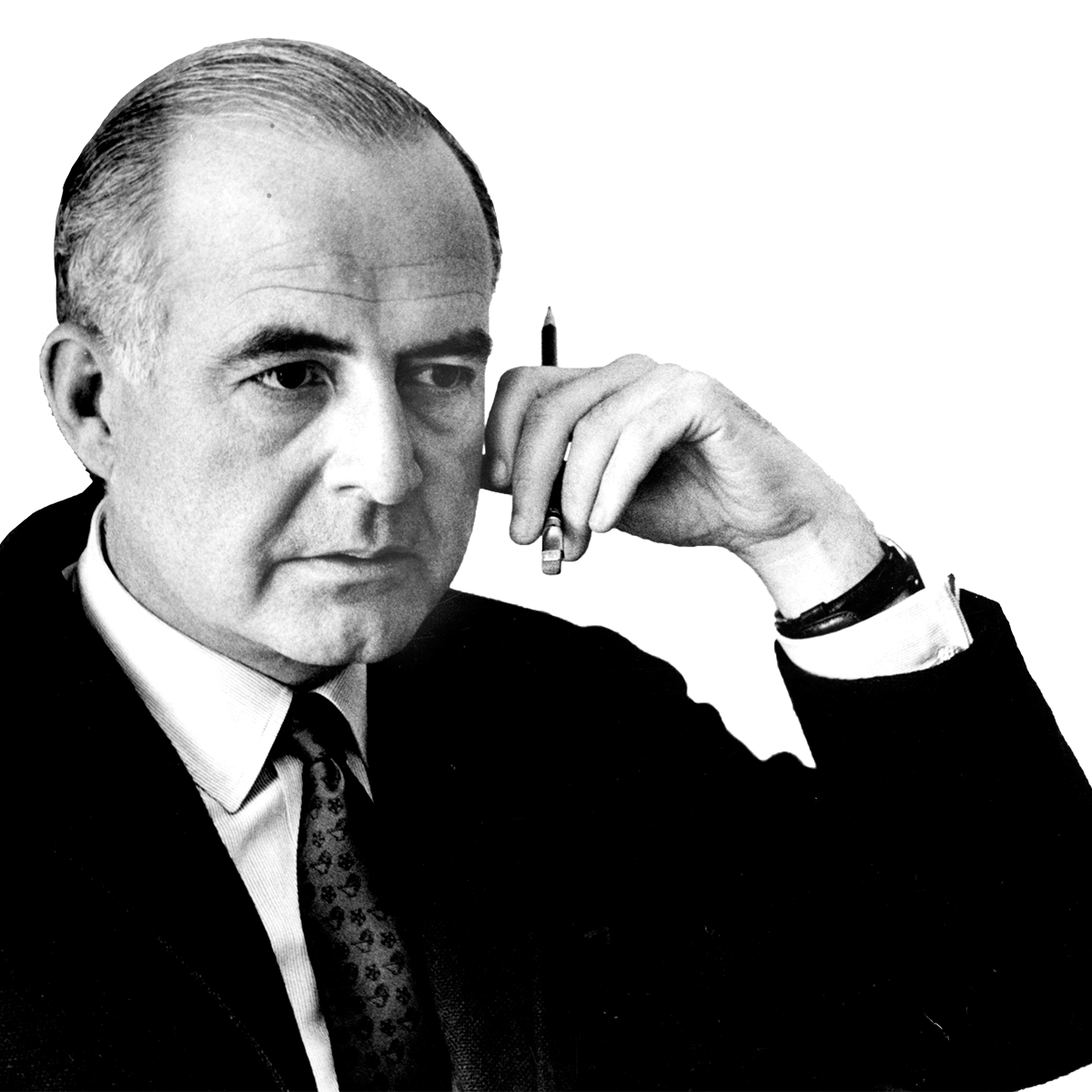
|
Concerto for Violin and Orchestra, Op. 14 Allegro |
Composed: 1939-40; Estimated length: |
|
Born on March 9, 1910, in West Chester, Pennsylvania; Died on January 23, 1981, in New York City, New York |
|
|
First performance: February 7, 1941, with Albert Spalding as the soloist and Eugene Ormandy conducting the Philadelphia Orchestra. |
|
|
First Nashville Symphony performance: November 29, 1971, with Paul Zukofsky as the soloist and Thor Johnson conducting at War Memorial Auditorium. |
|
At the beginning of his career, Samuel Barber benefitted from powerful allies. Among them were Mary Louise Curtis, the founder of Philadelphia’s Curtis Institute (Barber became one of the conservatory’s first students when it opened a century ago) and Arturo Toscanini, who asked him to adopt the slow movement from a youthful string quartet into a version for string orchestra. In November 1938, Toscanini led the NBC Symphony in the commissioned work, Adagio for Strings, which made its young composer internationally famous.
Barber’s first effort in the concerto genre followed in 1939. The fee for this commission was $1,000—an astonishing sum for the time—and as subsidized by Samuel Fels, a member of the Curtis Institute Board who had made his fortune marketing a popular brand of soap. Fels wanted the new concerto to showcase Iso Briselli, an émigré from Odessa who became his protégé and who had also studied at Curtis with Barber.
The 29-year-old composer began writing the concerto during the menacing summer of 1939, with war on the horizon. Now himself on the Curtis faculty, Barber was sojourning in Sils Maria, a serene town in the Swiss mountains, and continued work in Paris, but the outbreak of the Second World War in September made it unsafe to remain in Europe. Barber completed the finale in the summer of 1940, having replaced the Swiss landscape with another bucolic one in Pennsylvania’s Pocono Mountains.
According to the biographer Barbara Heyman, Briselli admired the first two movements but found the finale “too lightweight” and musically disconnected from the rest. He requested some alterations, which Barber, already preoccupied with other commissions, ignored, so Briselli relinquished first-performance rights, and Albert Spalding took over as the soloist for the public premiere in February 1941. The Violin Concerto enjoyed a great success and eventually became one of Barber’s most beloved works, second only to the Adagio for Strings.
WHAT TO LISTEN FOR
The solo violin is heard at the outset as it traces a long-limbed melody across two dozen measures. The flowing line and poignant harmonies of this music endow the first movement with a remarkably lyrical character. Barber also explores the darker potential of this material and contrasts it with a more straightforward idea introduced by the clarinet. After a short accompanied cadenza, the Allegro reaches a quiet close.
The quasi-vocal intimacy of the Andante, elegiac in sensibility, reminds us that its composer also trained as a singer in addition to his composition and piano studies at Curtis. A solo oboe introduces the first theme, while the solo violin offers contrast with its own soul-stirring melody, only later taking up and extending the oboe theme. Troubling clouds emerge as the movement progresses. The coda is a later touch added when Barber made some revisions in 1948 to deal with what he termed “an unsatisfactory climax” in the slow movement and “some muddy orchestration in the finale.”
Barber reserves the showy virtuoso writing associated with a conventional concerto for the relatively brief finale. With its relentless momentum and striking rhythmic energy, this movement resembles an extended cadenza accompanied by the orchestra—in contrast to the compact cadenzas of the first two movements.
In addition to the solo violin, scored for 2 flutes (2nd doubling piccolo), 2 oboes, 2 clarinets, 2 bassoons, 2 horns, 2 trumpets, timpani, snare drum, piano, and strings
− Thomas May is the Nashville Symphony's program annotator.